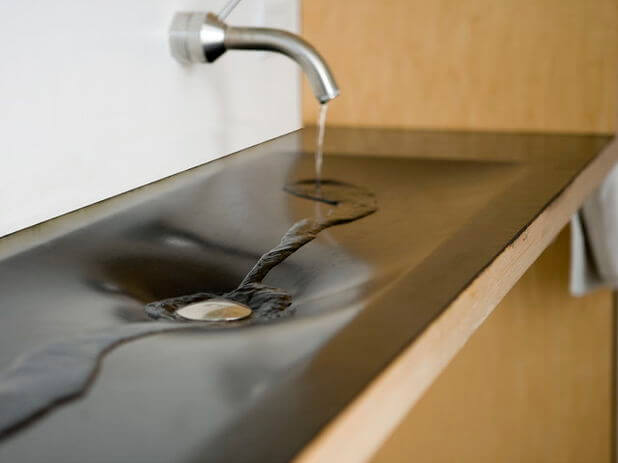From Contributor Alicia Rennoll: Who Knew Your Plumbing Could Save the World?

California water nightmare
While the US population has doubled over the last half century, the demand for water has tripled. Unfortunately, the supply of clean water has failed to catch up with the growing demand. Take for instance the state of California that had to ration water in 2015 after a long drought. Water suppliers implemented restrictions on pools and people were not allowed to water their lawns. Governor, Jerry Brown released an Executive order in 2015 that introduced stringent regulations that would improve the efficiency of water fixtures such as toilets and faucets in existing and new buildings.
Water efficient plumbing fixtures
We can stop the ‘water apocalypse’ by installing water efficient toilets, faucets, showers and other fixtures. This will not only help conserve water but also save money in the long-term. Fortunately, there is no shortage of water saving fixtures for your kitchen or bathroom.
You can install a high efficiency toilet (HET) that uses 1.3 gallons per flash compared to the older toilets that use 3.5 gpf. In your kitchen and bathroom, you can install EPA certified water saving faucets that use no more than 1.5 gallons per minute (gpm). Such faucets can save up to 30 percent of your faucet water while maintaining good pressure. Shower heads that use about 1.75 gpm can also save you a lot of showering water without sacrificing pressure.
Not keen on installing new fixtures?
Simply retrofitting your toilet or kitchen faucet can save a significant amount of water. For example, you can install faucet aerators on your kitchen and bathroom faucets to reduce water flow. Aerators cost as little as $4 to $6 and yet they cut water use to 1.5 gpm or lower. Some people save as much as $40 a month by using aerators.
There are several other water saving accessories for toilets and showers. But even without these accessories, you can save water in your home by taking showers instead of baths. The point here is that the little things you do to save water at home or at work, helps preserve the planet for future generations.
